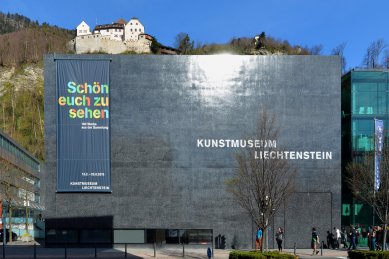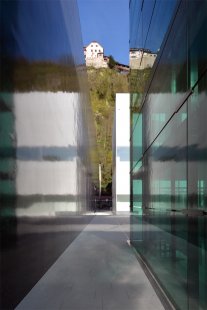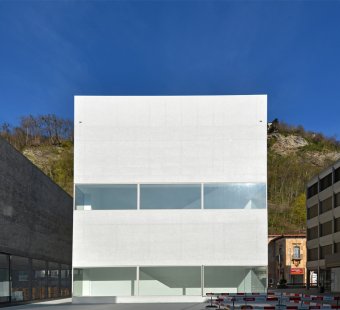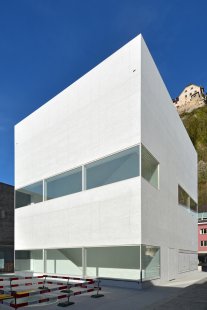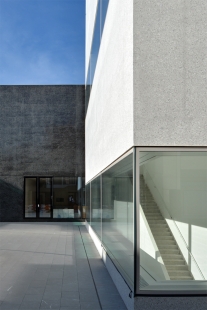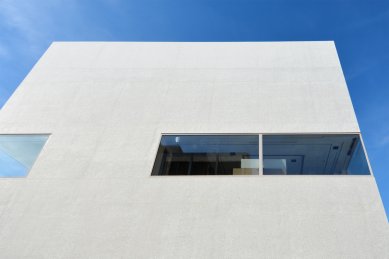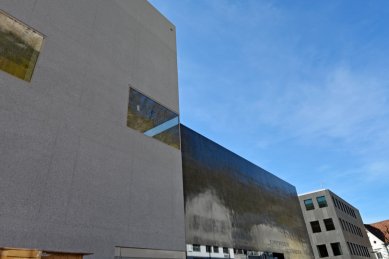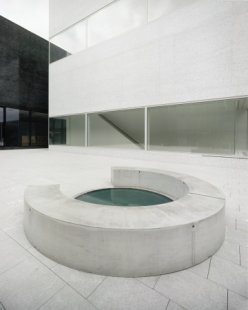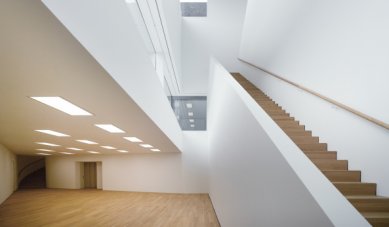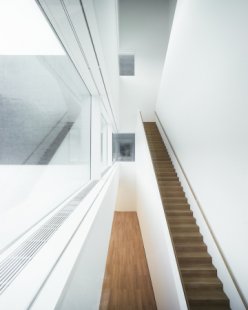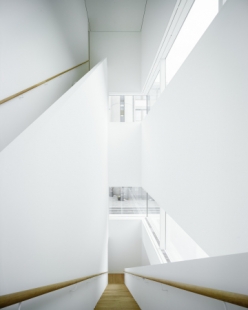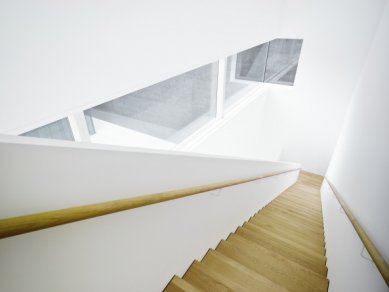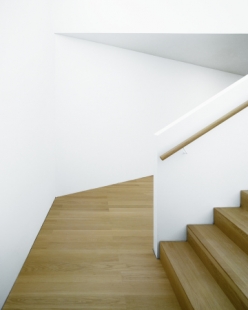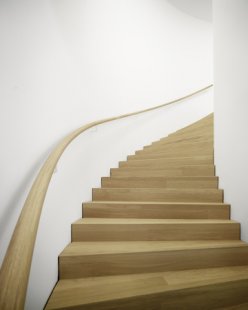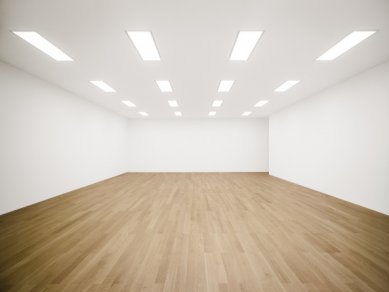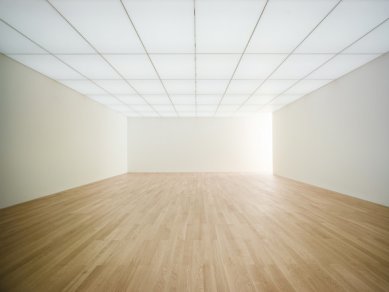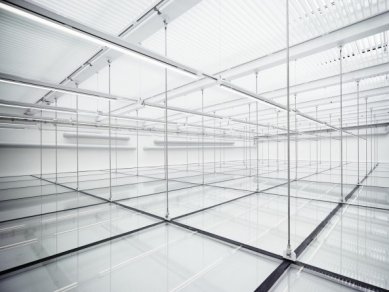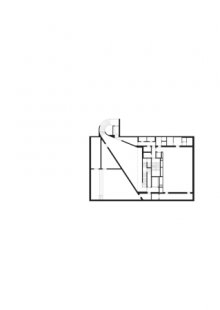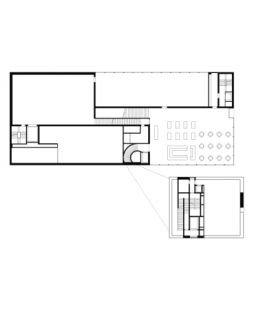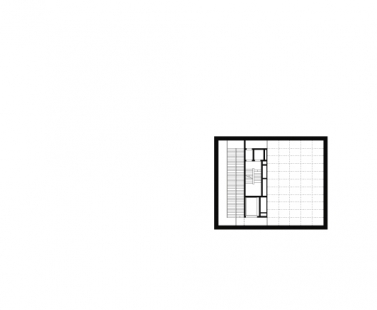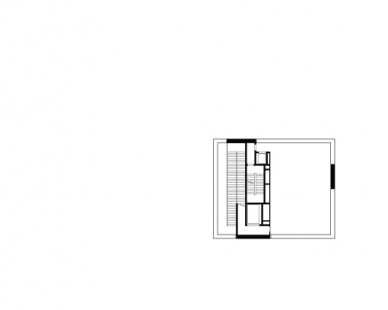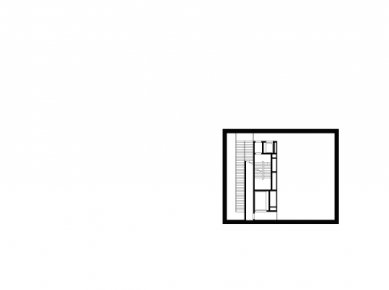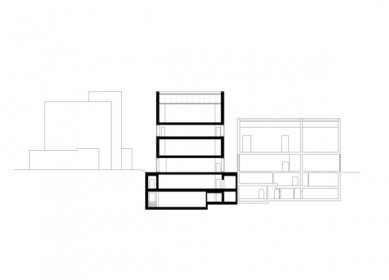
Hilti Art Foundation

Fifteen years ago, a minimalist building was completed under the castle of the Principality of Liechtenstein, hiding valuable art collections. Behind the carefully polished black gem was a trio of Swiss architects, each of whom now has their own successful firm. One of the creators was also Meinrad Morger, who expanded the white minimalist cube for the Hilti Art Foundation, which mainly focuses on famous names such as painter Pablo Picasso and sculptor Alberto Giacometti, whose artworks require specific exhibition space, where there is little experimentation, but instead the strength of the exhibit is supported by a neutral background. From these considerations, a 20-meter high white cube emerged, which aligns its external aesthetics with the neighboring black block. The two museums are not only connected by appearance, but are also operationally linked by an underground hallway. The basement of the museum, which originally served only as operational space, now connects through a short funnel-shaped underground corridor that leads to an elevated stairwell space promising an unforgettable architectural experience. The objects also complete two sides of the square with a circular bench and a walking skylight above the underground hall. While the basalt block had a minimum of openings in its façade, the white polished cube features a set of four large strip windows across its corner, yet no direct sunlight reaches the exhibition spaces. Above the pair of underground floors lie four above-ground levels that alternately open and close to their surroundings. Traditionally designed exhibition rooms provide the most suitable environment for displaying the collection of the Hilti Foundation, which currently consists of over 200 pieces.
The English translation is powered by AI tool. Switch to Czech to view the original text source.
0 comments
add comment


